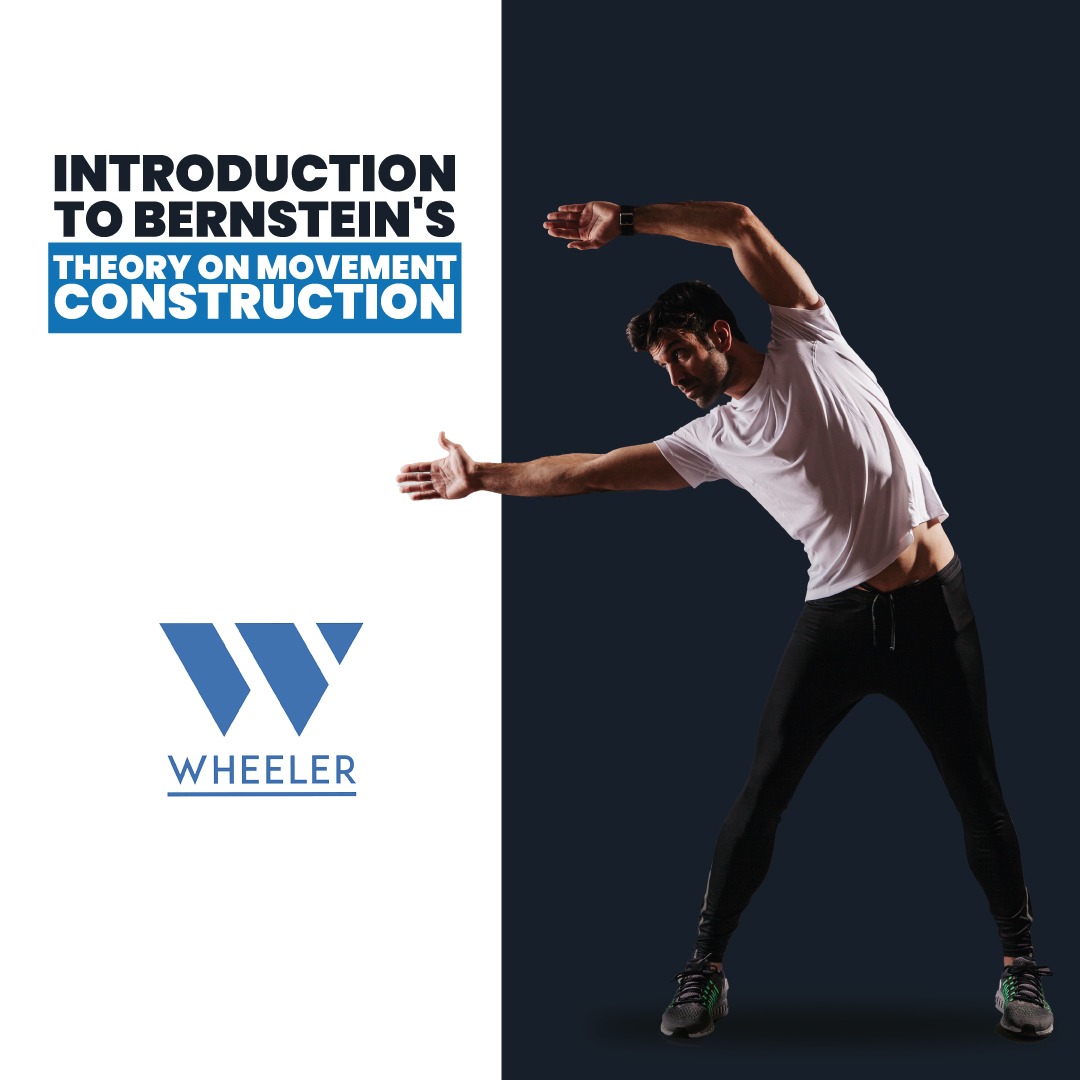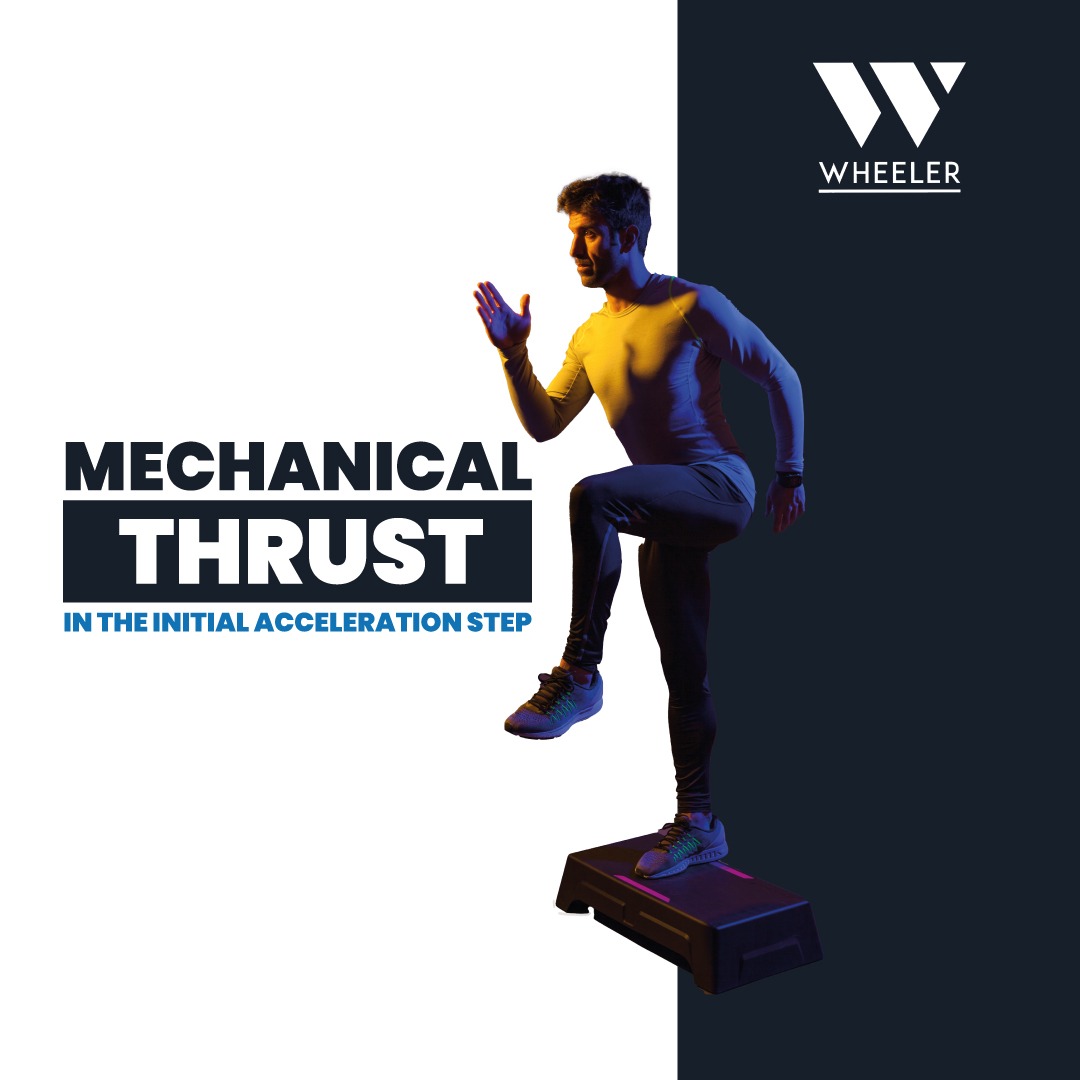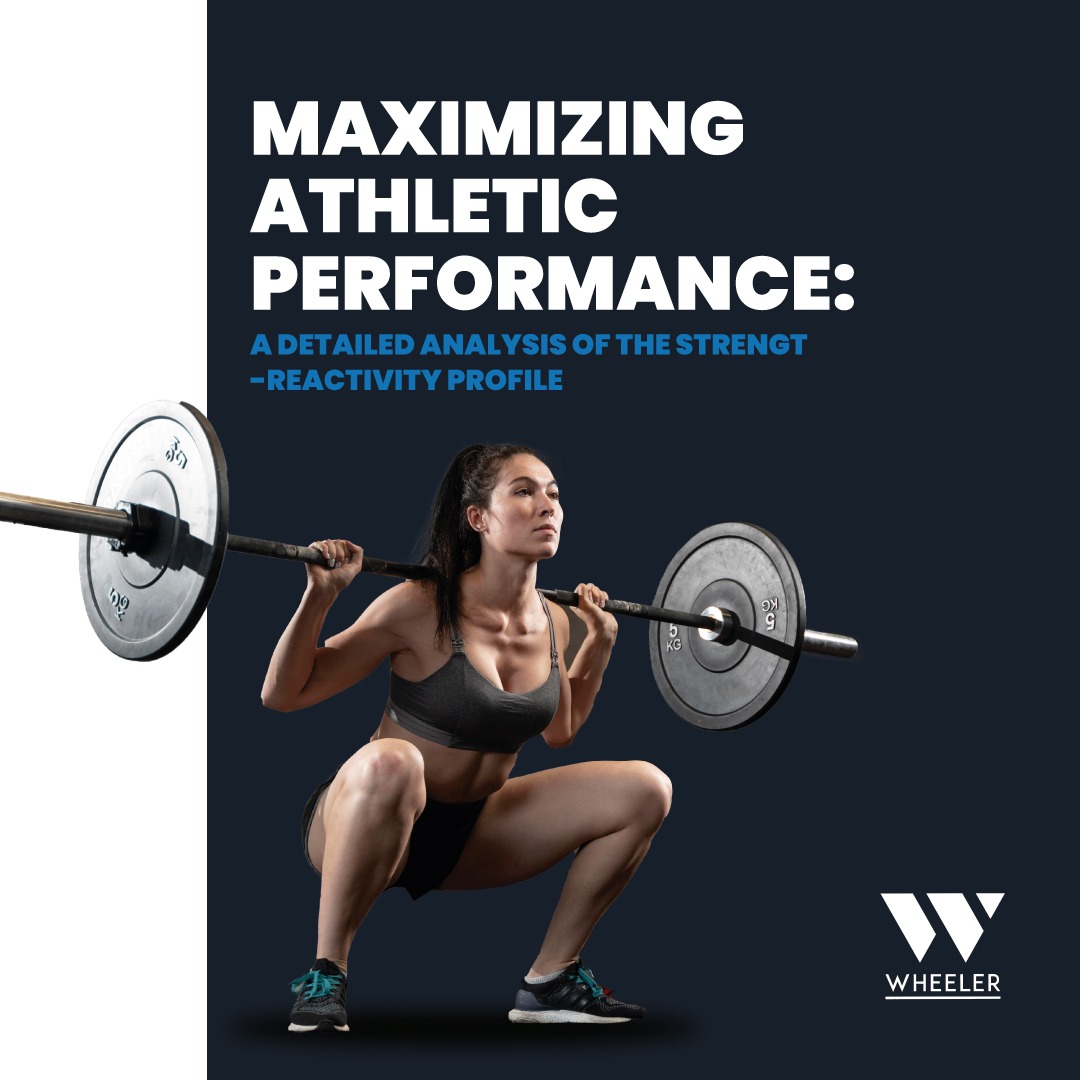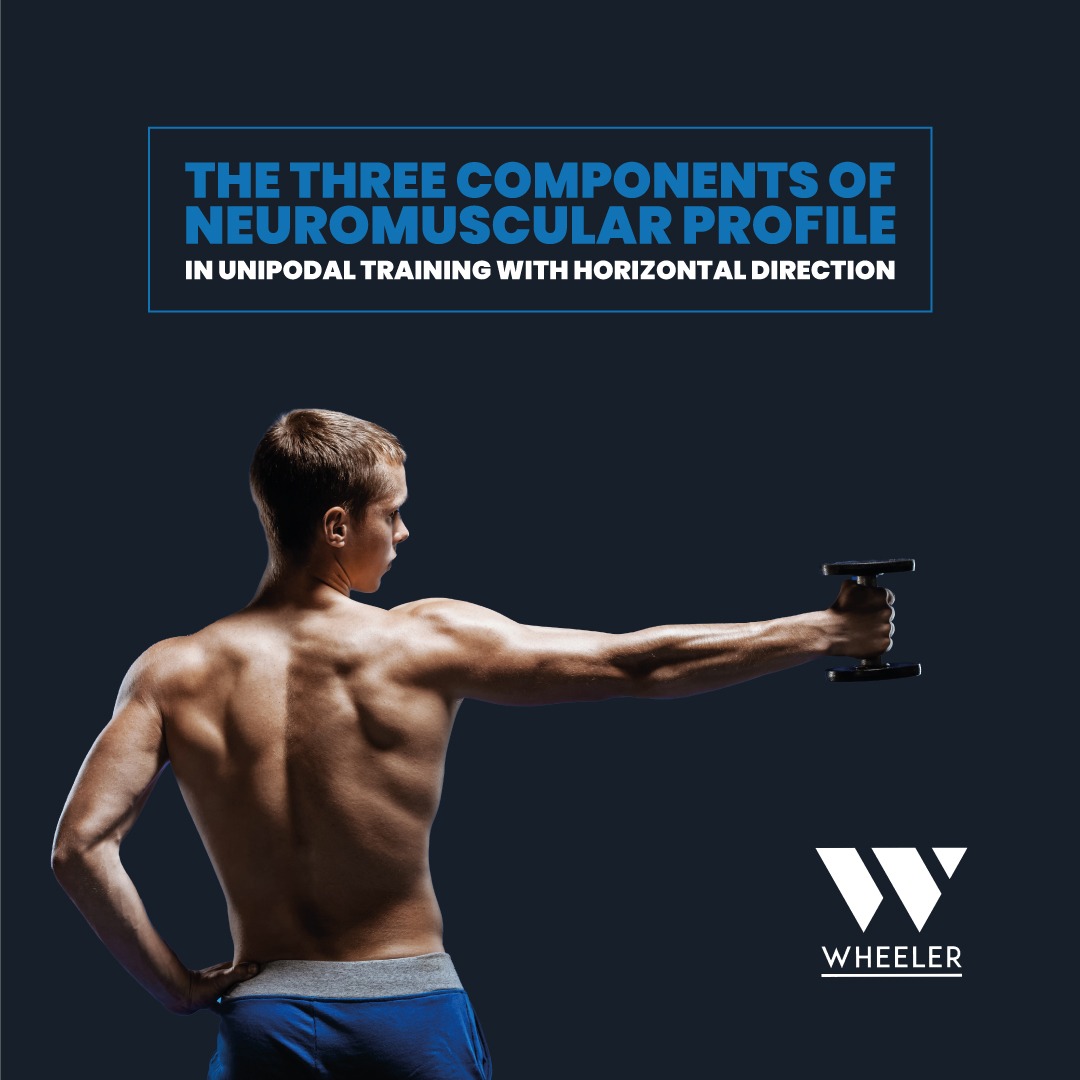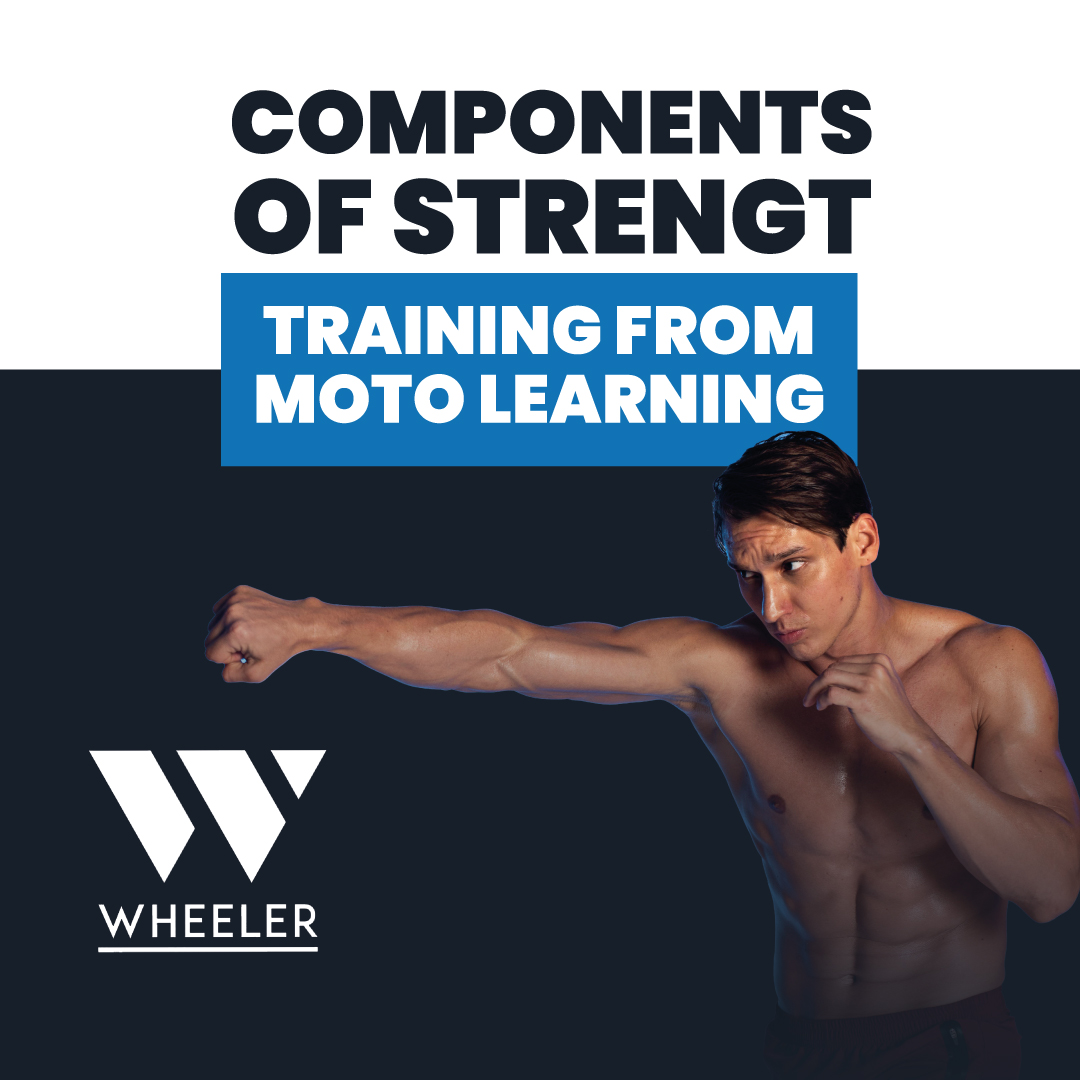In the realm of sports performance, acceleration is a crucial component that can make the difference between success and failure. The initial steps in acceleration training are fundamental for developing an athlete’s ability to reach maximum speed quickly. This approach not only enhances speed and efficiency in sports but also boosts neuromuscular performance, enabling a […]
In the realm of human performance, understanding how movements are constructed and executed is crucial for enhancing sports performance, rehabilitation, and daily activities. Among the various theories that delve into this fascinating field, Bernstein’s theory on the construction of movements stands out as a unique and revealing perspective. Introduction to Bernstein’s Theory of Movement Construction […]
Introduction: Enhancing Acceleration Understanding Acceleration Training In this unit, we’ll delve into enhancing coordination and strength specific to the initial acceleration phase. Through targeted exercises, our goal is to refine motor control and force application, crucial for optimal sports performance. Key Factors for Effective Acceleration To maximize acceleration in both team and individual sports, several […]
Introduction: The Science behind Athletic Performance Understanding the Force-Reactivity Profile In the world of elite sports, every detail matters. From technique to physical strength and responsiveness, athletes constantly seek to enhance their performance to reach new levels of excellence. In this context, the force-reactivity profile emerges as an invaluable tool for understanding and optimizing each […]
Unipodal Training: Benefits and Applications in Stability and Strength Development Unipodal training stands out for its effectiveness in improving stability, coordination, and neuromuscular complexity. This type of training activates multiple muscle groups synchronously, promoting greater pelvic and joint stability, resulting in significant benefits for both athletes and individuals seeking to improve their overall physical condition. […]
Understanding Strength Transfer To address the topic of strength transfer clearly, it’s essential to detach ourselves somewhat from what we’ve already learned and ingrained within training methods. This is crucial to grasp the idea of training based on specific movements. Here, the coach’s role is fundamental in determining how far to progress in the cognitive […]
Enhancing Soccer Performance with Eccentric Overload Training Soccer requires a unique blend of strength, agility, and endurance. For players aiming to reach their peak potential, eccentric overload training or flywheel training, also known as isoinertial training, is emerging as indispensable tools in their training arsenal. These techniques not only improve muscle strength but also offer […]
Concentric strength is pivotal for athletic performance due to several key reasons: In the captivating and dynamic realm of sports performance and injury prevention, we delve into a domain where science, technique, and passion for sports converge. Within this vast universe, three concepts emerge as fundamental pillars: concentric, eccentric, and reactive stimuli. These capacities are […]
In the realm of sports performance, few moments are as pivotal as the initial step towards acceleration. This fleeting instant, where the athlete propels forward with strength and determination, sets the tone for the entire race. Here, we delve into the significance of force application, explosive concentric strength, and ankle rigidity at this critical juncture, […]
Unveiling the Power of Motor Learning-Based Training In the vast domain of physical training, an enigma arises that has intrigued athletes, coaches, and scientists alike: how can we maximize the effectiveness of our workouts to reach our maximum physical potential? In this journey towards a deeper understanding of strength and movement, we delve into the […]



